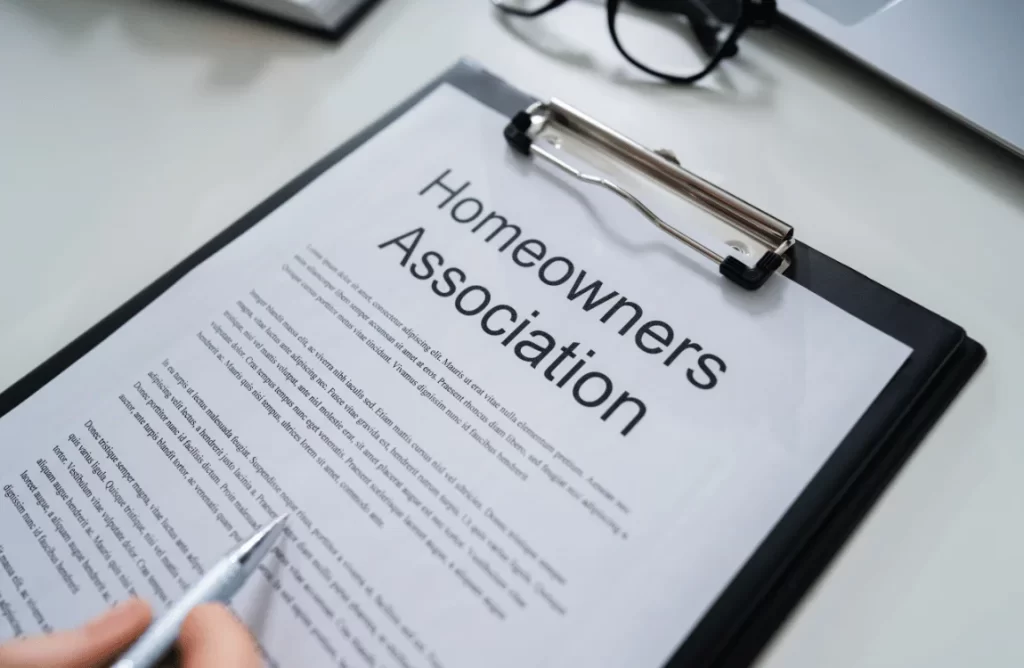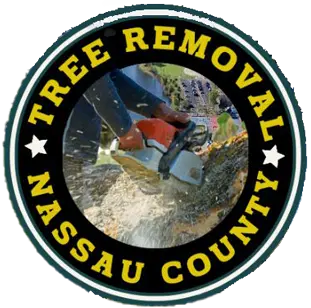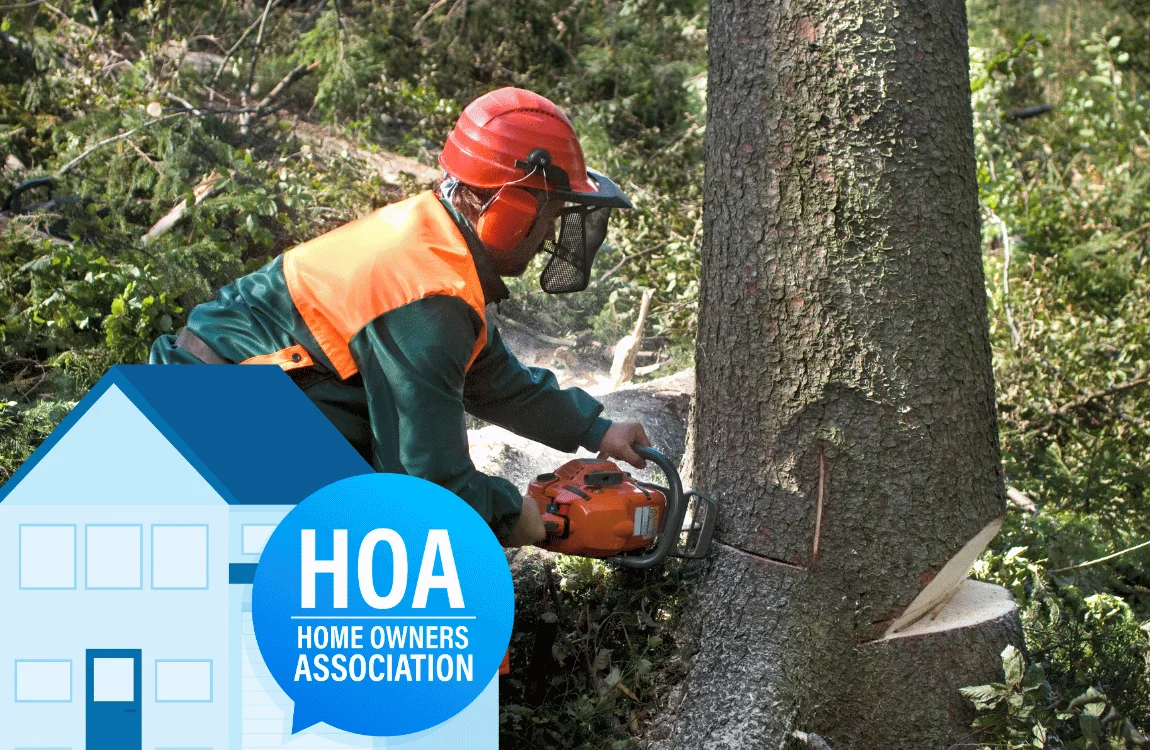Yes, you typically need HOA approval to remove a tree within a community governed by a homeowners association. Review your HOA’s guidelines for specific rules and procedures.
Seeking approval from your Homeowners Association (HOA) is an essential step before removing a tree in neighborhoods with an HOA. These associations often have strict guidelines to maintain aesthetic uniformity and community standards. It’s important to consult your HOA’s rules, as they may require a formal request and provide specific criteria for tree removal.
Ignoring this process can lead to penalties, disputes, or even legal action. Homeowners should also consider the environmental impact and local regulations surrounding tree removal. Clear communication and adherence to HOA policies ensure a smooth process while enhancing the quality and harmony of your residential community.

Understanding Hoa Approval
Understanding HOA Approval is crucial when considering modifications to your property, particularly when it involves altering your home’s landscape by removing a tree. Homeowners associations, or HOAs, often have strict guidelines to maintain the aesthetic and ecological balance of the community. Navigating the intricacies of these regulations can save you from incurring penalties, fines, or being asked to undo changes at your own expense.
What Is Hoa Approval?
HOA Approval is the formal permission granted by a homeowners association to a resident who wishes to make changes to their property that might affect the community’s appearance or function. This process typically involves submitting a request or application that details the proposed changes. The HOA board will review the submission to ensure it complies with the community’s covenants, conditions, and restrictions (CC&Rs).
Importance Of Hoa Approval
- Maintains Uniformity: Approval helps preserve the harmonious design of the neighborhood, ensuring that individual actions don’t detract from the overall appeal.
- Protects Property Values: By enforcing regulations, HOAs aim to maintain high property values for all members of the community.
- Ensures Safety: Some changes, such as the removal of a tree, may pose safety risks. Approval ensures that such actions are carried out professionally and safely.
- Prevents Legal Issues: Complying with HOA regulations keeps you on the right side of the law and prevents possible disputes.

Removing A Tree: Hoa Guidelines
Embarking on the journey to remove a tree within a community governed by a Homeowners’ Association (HOA) brings with it a unique set of challenges and regulations. Understanding the guidelines provided by your HOA is critical to ensure that the process is smooth, legal, and does not lead to any unforeseen disputes or fines. This section delves into the crucial steps you need to take to adhere to your HOA’s protocol for tree removal.
Reviewing Hoa Bylaws
Familiarizing yourself with the bylaws of your HOA is the first and most crucial step in planning for tree removal. These bylaws outline the rules and procedures homeowners must follow, which may include restrictions on landscaping and tree removal. By carefully reviewing the bylaws, you can:
- Verify the authority of your HOA concerning tree removal.
- Identify any specific provisions or approvals needed.
- Understand the consequences of non-compliance.
Determining Tree Removal Policies
Your HOA might have specific tree removal policies beyond the general bylaws. Compliance with these policies is paramount. Typically, HOAs may regulate:
- The type of trees that can be removed.
- Protective measures for certain species.
- Size or age restrictions for removal.
- Permissions related to tree health or safety concerns.
Contacting the HOA directly or reviewing their environmental guidelines can clarify any uncertainties and ensure you meet all necessary criteria.
Necessary Documentation For Tree Removal
To proceed with tree removal, preparing and submitting the right documents is a must. These generally include:
| Document | Purpose | Notes |
|---|---|---|
| Tree Removal Request Form | Formalizes the intent to remove a tree | May require specific details about the tree and the reason for removal |
| Arborist Report | Assesses the tree’s condition | Often necessary if the tree’s health is the basis for removal |
| Property Site Plan | Shows the tree’s location on your property | Helps the HOA understand the removal’s impact on the community |
Securing proper approvals before commencing work can protect you from penalties and ensure the community aesthetics are maintained in accordance with the HOA’s vision.
Process Of Obtaining Hoa Approval
Embarking on a project within an HOA-governed community often means navigating the intricacies of their approval process. Removal of a tree on your property may seem straightforward, but it is often subject to a set of rules and bylaws laid out by your Homeowners Association (HOA). If you’re ready to understand the necessary steps to gain the green light from your HOA, read on for an efficient guide on securing approval for tree removal.
Contacting The Hoa
The first step in the process of obtaining HOA approval is initiating communication with your association. A direct approach can prevent delays and misunderstandings. Reach out to your HOA’s governing body to inquire about specific procedures for tree removal. This can often be done through their established channels like email, a phone call, or a visit to their office. Gathering relevant information on regulations and required documentation helps streamline the following stages of your request.
Submitting A Formal Request
Next, prepare and submit an official request outlining your plan. This document should include:
- A detailed description of the tree in question and its location
- The reasons for removal, detailing safety concerns or property damage
- Potential impacts on the community and environment
- Any proposed replanting strategies or landscape rehabilitation measures
Ensure all forms are accurately completed to prevent any hold-ups in the approval process. Attach necessary images or property plans that further support your case.
Attending Hoa Meetings
Attending HOA meetings can grant valuable face-to-face time with the board. During these meetings, present your case, address any concerns, and respond to questions directly. Participation in these sessions can potentially expedite the decision-making process and foster a cooperative relationship with your HOA.
Understanding The Approval Timeline
Knowing your HOA’s approval timeline is crucial. After submission, the review process can vary from days to weeks, depending on your HOA’s bylaws and meeting schedules. Maintain open communication to stay informed about your request’s status and be prepared for any requested changes or additional information. Patience and compliance during this period are vital to a favorable outcome.

Frequently Asked Questions Of Do I Need Hoa Approval To Remove A Tree
Is Hoa Approval Required For Tree Removal?
HOA approval is often necessary for tree removal within communities governed by a Homeowners Association. Check your HOA’s CC&Rs (Covenants, Conditions, & Restrictions) for specific landscape and tree removal rules.
What Are The Consequences Of Bypassing Hoa For Tree Removal?
Ignoring HOA rules and removing a tree without permission can result in fines, required replacement of the tree, or legal action taken against you. It’s crucial to adhere to your community’s regulations.
How Can I Request Hoa Permission For Tree Removal?
Submit a written request to your HOA board detailing the reasons for removal and any supporting information, like an arborist’s assessment. Await their review and formal approval before proceeding with the removal.
Will The Hoa Cover Tree Removal Costs?
The HOA typically covers tree removal costs if the tree is in a common area or poses a risk to the community. If the tree is on your property, you will likely be responsible for the costs.
Conclusion
Navigating HOA regulations can be tricky, but understanding the rules is key before removing any trees from your property. Consult with your HOA and confirm local municipal guidelines to ensure compliance and avoid potential fines. Taking these steps promotes community harmony and respects both legal and environmental considerations.
Happy Tree Services!




